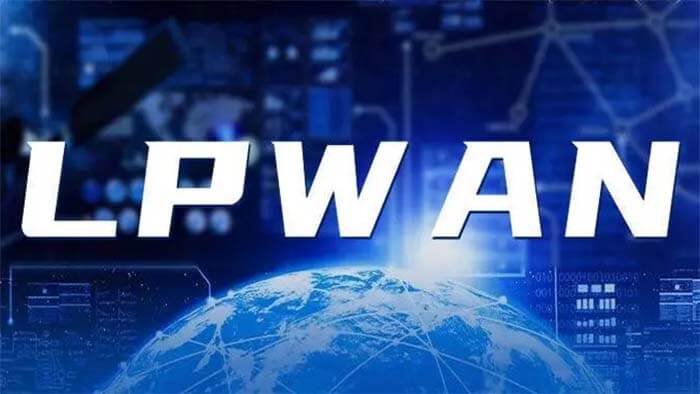This article comprehensively explains low-power wide area network (LPWAN) technology for IoT.
IoT communication technologies are divided into two categories: short-range wireless LAN and low-power wireless WAN (LPWAN), Bluetooth, Wi-Fi, ZigBee, etc. belong to short-range wireless LAN.
LPWAN is mainly used in long-range, low-bandwidth, low-power, and many connection needs of IoT application scenarios, the hottest LoRa in the market in recent years is the most representative technology in LPWAN. LoRa is the most representative technology in LPWAN.
Non-cellular low-power IoT technology solves the problem of large-scale and wide-coverage network connectivity for IoT applications, which makes up for the shortage of traditional cellular technology and promotes the application of IoT and large-scale deployment. Low-power wide-area networks will carry the burden of communication network economies of scale in the future IoT era.
IoT hopes to connect people to things and things to things through communication technology. The smart home, industrial data collection, and other area network communication scenarios generally use short-range communication technology. Still, wide-range and long-range connections require long-range communication technology. LPWAN technology is a long-range wireless communication technology that was developed to meet the needs of IoT.
You may have questions about mobile cellular communication technology when it comes to long-range wireless communication.
Indeed, global telecom operators have built a global mobile cellular network. However, although the coverage distance is wide between 2G, 3G, 4G, 5G, and other cellular networks based on mobile cellular communication technology, IoT devices have the disadvantage of high power consumption and high cost. When mobile cellular communication technology was first designed, it was mainly used for human-to-human communication.
According to authoritative analysis reports, the current global IoT connections carried on mobile cellular networks account for only 6% of the total connections. The main reason for such a low proportion is that mobile cellular networks’ current bearing capacity is insufficient to support object-to-object connections.
Therefore, LPWAN (low-power Wide-Area Network) was born to meet the connectivity needs of more and more long-distance IoT devices.
LPWAN is designed for low-bandwidth, low-power, long-range, mass-connected IoT applications.
What is a Low Power Wide Area Network (LPWAN)?
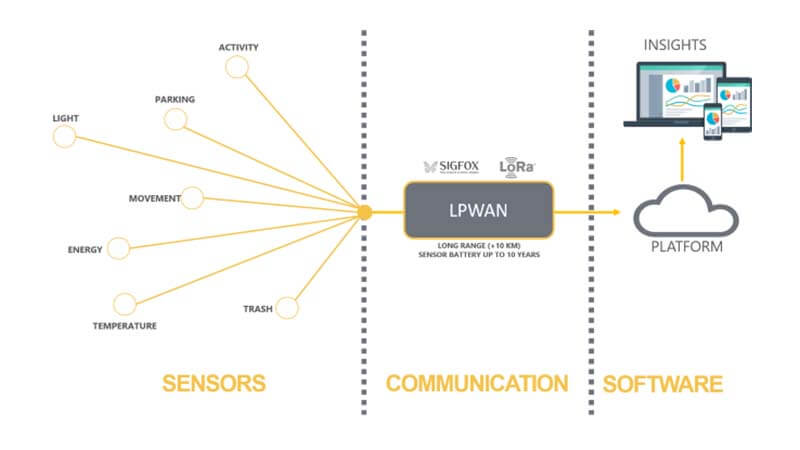
Low Power Wide Area Network (LPWAN) is a long-range, low-power wireless communication network.
LPWAN technology is a wireless technology that allows remote communication between interconnected devices at low bit rates. These technologies are designed to support machine-to-machine (M2M) and Internet of Things (IoT) devices, which, unlike consumer cellular devices, do not require much speed or bandwidth to operate successfully.
What are the advantages of LPWAN?
Low Power Wide Area Network (LPWAN) It is a new development hotspot in IoT. Due to its low power consumption and wide range, it is ideal for large-scale deployment of IoT.
Advantages of LPWAN.
Wide area coverage
LPWAN enables IoT to reach a communication distance between devices of 3-20 km. Considering the LPWAN low-power requirement proves to be beneficial. Using low-power LPWAN, data can be transmitted over long distances in smart cities. LPWAN can be used for devices in service, such as smart cities and public transportation in surveillance zones, as data from devices in these industries often tend to be transmitted over long distances.
Low-power consumption
IoT devices transmit data that affects the power consumption of the device LPWAN low power consumption is one of the main advantages of LPWAN when not using IoT when the device is used. They can automatically enter sleep mode.
It helps to save power as the devices consume very little current when not in use. Due to low power requirements and low utilization, one can expect these using LPWAN can use the battery of IoT devices for 5-10 years.
Low-cost
LPWAN usage helps to reduce the cost associated with IoT devices. Due to the low power requirements, IoT devices can run on low-cost batteries, which reduces the cost of IoT devices. Batteries can also be used for 5 to 10 years, thus reducing the maintenance cost of these devices.
In addition, a small number of gateways LPWANs are required to transmit data, which leads to lower infrastructure costs. For example, Amsterdam requires only 24 gateways despite having a high density of buildings.
What are the types of LPWANs?
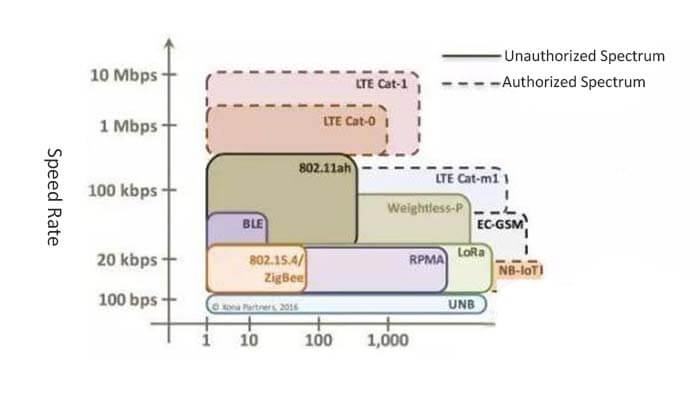
LPWAN can be divided into two categories: one is technologies such as LoRa and SigFox that work in the unlicensed spectrum; the other is 2G/3G/4G/5G cellular communication technologies such as EC-GSM, LTE Cat-M, NB-IoT, etc. that work in licensed spectrum and are supported by 3GPP.
LPWAN provides years of remote wireless communication using small, inexpensive batteries. This technology is specifically designed to support large-scale IoT networks across industrial and commercial campuses, providing connectivity for devices (such as IoT sensors) that do not require frequent data transmission and have low speed and mobility.
While maintaining low power consumption, LPWAN can communicate over a wide area for thousands of sensors in various applications such as consumable monitoring, environmental monitoring, occupancy detection, and asset tracking.
LPWAN includes a variety of wireless communication technologies and standards. LPWAN technologies operating in the licensed spectrum are LTE-M and NB-IoT, while unlicensed LPWAN technologies are LoRa and Sigfox.
LoRaWAN and NB-IoT have shown strong adoption momentum and are expected to gain a larger share of the LPWAN market in the coming years.
Like LTE, NB-IoT uses frequency division multiple access (FDMA) in the uplink and orthogonal FDMA (OFDMA) and quadrature phase shift keying (QPSK) modulation in the downlink. NB-IoT has no duty cycle limitations on the licensed spectrum but at a higher total cost of ownership (TCO) than LoRaWAN.
In addition, as a synchronous protocol, NB-IoT consumes much more energy than LoRaWAN. Those IoT applications requiring frequent communication can choose NB-IoT, for example, to connect remote environmental sensors to measure weather elements such as pressure, humidity, wind speed, temperature, etc.
LPWAN technologies list
LoRa in LPWAN technologies list
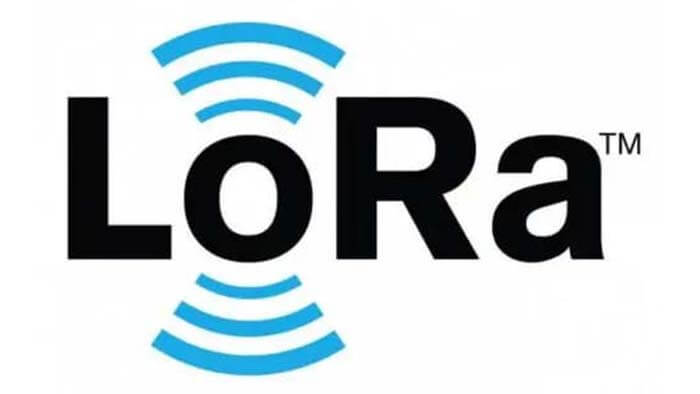
LoRa is not an alien technology; it is currently one of the most widely used LPWAN network technologies, a protocol that originated from SemTech.
LoRa is a modulation technology used in the physical layer to enable remote low-power communication through CSS modulation, with high interference immunity and low signal-to-noise levels. loRaWAN is similar to Bluetooth, but it provides a longer transmission range for small packets and consumes less power.
According to the LoRa Alliance, as of April 2019, 113 LoRaWAN networks have been established in 55 countries worldwide, compared to about 90 NB-IoT networks. The LoRaWAN market is most prominent in utilities such as natural gas, water utilities, and smart meters. According to ABI’s research, China is an early adopter of LoRaWAN in smart metering projects, accounting for about 65% of the chips shipped globally in 2018.
Recently, LoRaWAN was officially approved by the International Telecommunication Union (ITU) as the communication standard for LPWAN. By 2026, 50% of LPWAN IoT solutions are expected to use LoRa solutions.
Key features of LoRa wireless technology
Long distance: 1 ~ 20 km
Number of nodes: tens of thousands, even millions
Battery life: 3 ~ 10 years
Data rate 0.3 ~ 50kbps
LoRa, as a wireless technology, is based on the Sub-GHz band making it easier to communicate over long distances with lower power consumption and can be powered using battery power or other energy harvesting methods. The lower data rate also extends battery life and increases network capacity.
LoRa signals are also highly penetrative of buildings. These technical features of LoRa are better suited for low-cost, large-scale IoT deployments.
The typical wireless distance range in cities is 1 to 2 km, and in suburban or open areas, the wireless distance is a bit further. The network deployment topology layout can be designed according to specific applications and scenarios for deployment.
LoRa is suitable for low communication frequency and low data volume applications. How many nodes or end devices can be connected to one gateway?
LoRa Applications
From the current LoRa applications, there are mainly data transmissions and LoRaWAN protocol applications. At present, there are still more applications using LoRa as data transit. Due to the high threshold of gateway technology and development, LoRaWAN protocol networking applications are still relatively few.
In terms of LoRa network applications, there are large networks and small networks. A small network refers to the user’s nodes, gateways and servers, forming a system network; a large network is a large-scale basic network deployment, just like China Mobile’s communication network.
From the perspective of LoRa industry practitioners, several telecom operators are also involved. With the increase of LoRa devices and networks, spectrum interference among each other exists, which puts forward requirements for the allocation and management of communication spectrum and requires a unified and coordinated management mechanism, big network management.
Several issues need to be considered for LoRa applications.
Distance or range
Power supply or power consumption
Number of nodes
As the IoT market continues to evolve, two wireless communication solutions, LoRaWAN and NB-IoT, will co-exist in the market by competing in some vertical markets and complementing each other in other vertical markets based on the cost, coverage and bandwidth requirements of various IoT use cases.
In addition, the LoRa Alliance has been established as the first industry consortium in the LPWAN space to drive LoRa penetration by building an ecosystem approach.
Lora global market development in general
After several years of development, LoRa technology has established its market position in the low-power long-distance IoT technology, and LoRa has formed a strong influence in the global arena.
Global LoRa Market Hotness Index Ranking (2022)
Based on the attention, participation, network construction, and application deployment of LoRa in various countries and regions worldwide, the following table shows the Hotness Index ranking for countries and regions interested in LoRa technology.
Global LoRa Market Hotness Index Ranking Top 25:
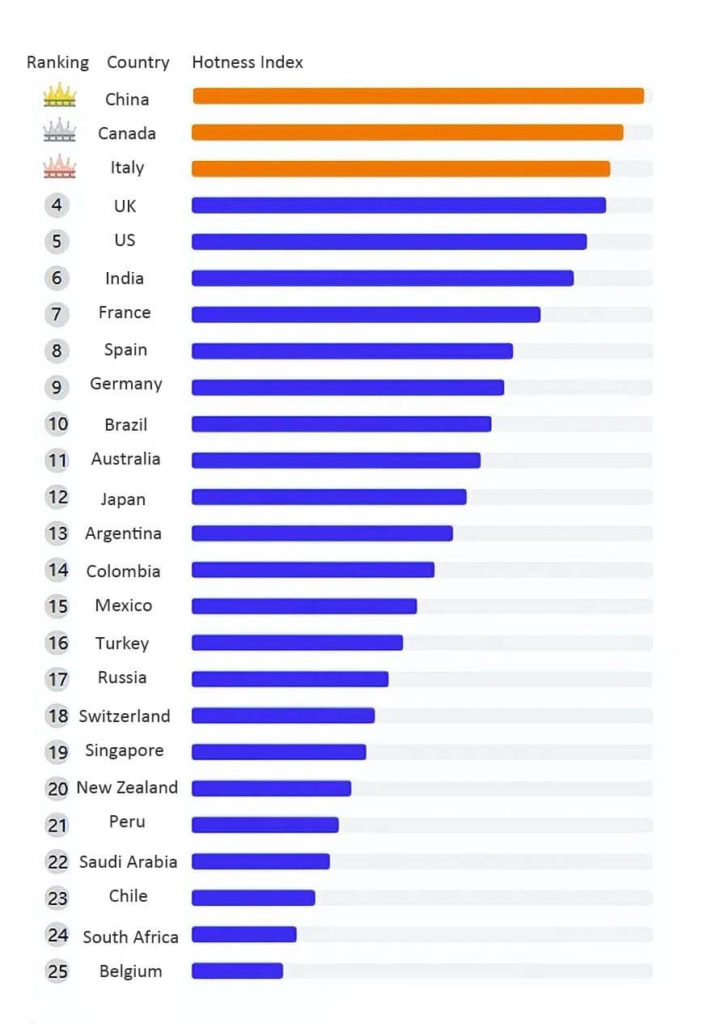
Additional Notes.
The above ranking is based on the Destination LoRaWAN online live data from the LoRa Alliance annual report, supplemented by network construction, application case deployment, and online coverage in each country.
All countries and regions have seen significant growth in terms of customer volume. Still, some markets have seen significant growth, such as Canada (140%), Italy (95%), the UK (78%), China (70%), the US (68%), and India (57%).
From a continental perspective, Asia remains the largest market for LoRa adoption due to the presence of the Chinese market; Europe continues to grow in activity, represented by five countries in particular – France, Spain, the UK, Germany and Italy – with several large deployments by major players. Latin America has seen a marked increase in interest, with Mexico and Brazil beginning to dabble in LoRa technology deployments.
SigFox in LPWAN technologies list
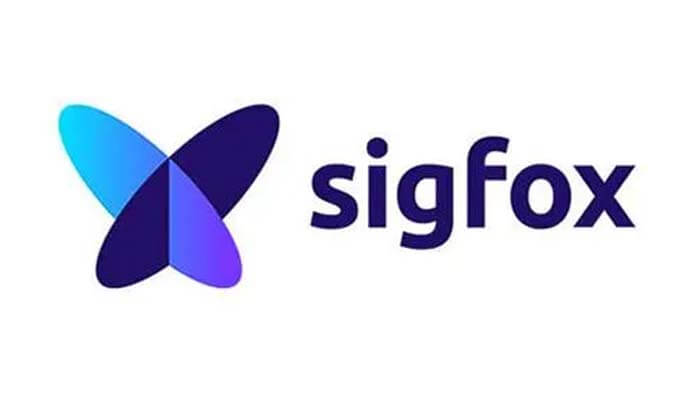
SigFox is also a fast commercializing LPWAN network technology that uses ultra-narrowband technology, allowing network devices to consume 50 microwatts of power for two-way one-way communication or 100 microwatts.
In comparison, mobile phone communication requires about 5,000 microwatts. This means that devices connected to the Sigfox network have a maximum length of about 12 bytes per message and can send no more than 140 messages per day per device. The company expects its network to cover up to 1,000 kilometres and to be able to handle one million objects per base station.
The protocol is owned by SigFox, whose founder is French entrepreneur Ludovic Le Moan and is focused on creating a low-attack, low-cost wireless IoT private network.
The wireless industry considers Sigfox a dying IoT technology, and the French company driving the technology has filed for bankruptcy.
Sigfox filed for bankruptcy protection with the French judiciary. The commercial court in Toulouse took over Sigfox and its subsidiary Sigfox France SAS, Sigfox’s operator in France, and began looking for a new buyer.
Faced with various emerging IoT technologies, 3GPP has three main standards: LTE-M, EC-GSM and NB-IoT, based on LTE evolution, GSM evolution and Clean Slate technology, respectively.
LTE-M in LPWAN technologies list
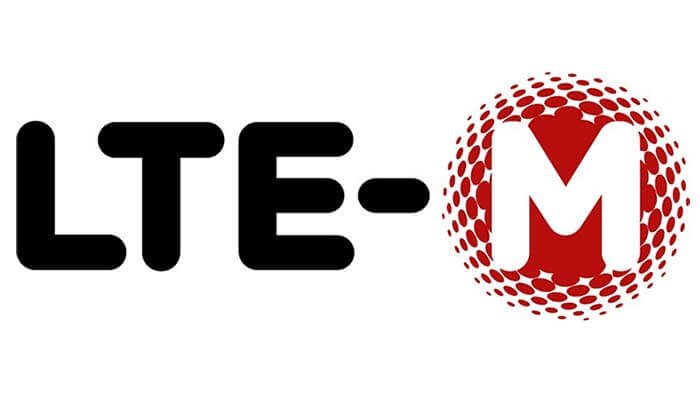
LTE-M, or LTE-Machine-to-Machine, is an IoT technology based on LTE evolution, called Low-Cost MTC in R12 and LTE enhanced MTC (eMTC) in R13, designed to meet the needs of IoT devices based on the existing LTE carrier.
LTE-M cellular technology is a mobile communication system specifically designed to meet the needs of IoT or machine-to-machine communication applications. LTE-M is a wireless system provided by the industry association GSMA and 3GPP standards organization.
A major advantage of LTE-M is that it enables global connectivity, and LTE-M is the only system suitable for tracking moving objects over long periods.
This technology allows for improved coverage both indoors and outdoors. It supports a network architecture with many low throughput devices, low latency sensitivity, ultra-low device cost, and low power consumption.
Because LTE-M works on cellular networks, it can monitor, control, and receive information from IoT devices in transportation (e.g., trucks, trains, boats, etc.).
If the LTE network is unavailable, the system can fall back to WCDMA (3G) or GPRS/EDGE (2G) to maintain connectivity.
In addition, LTE-M also provides location services based on mobile base station positioning without using satellite systems such as GPS or Galileo. This feature for the OEM, it can be equipped with a basic positioning system for their equipment, saving a lot of money.
However, the biggest advantage of LTE-M is security.
The device connected to the phone requires the installation of a SIM chip, which can be embedded in the circuit board and pre-configured at the factory to set the key and signature. When the embedded keys are configured for the SIM, these keys cannot be modified without physical access to the device.
The SIM is a security module that can provide NSASuiteBAES-256 encryption and authentication.
Another advantage of LTE-M is staying connected during a power failure. Because he is connected to the cellular network, there is no need for an access point (AP), and it can stay connected as long as the IoT device’s battery is working properly.
Because of this, cellular-based IoT connectivity is widely used in important applications such as power grids, homes, office security and fleet management.
The only problem with LTE-M is the high cost. To use this system, one needs to order the service from the operator, and every connected device needs a SIM card.
EC-GSM in LPWAN technologies list
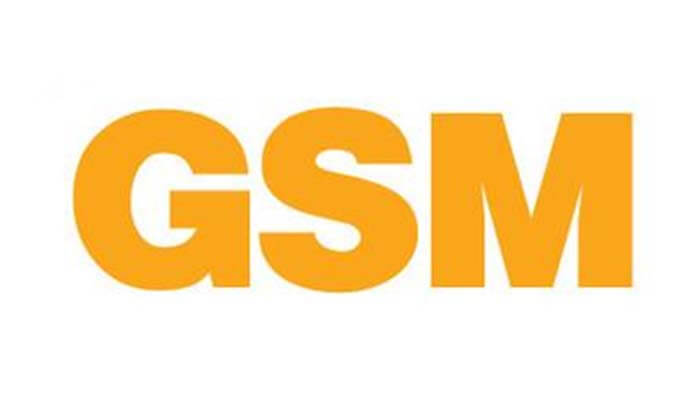
EC-GSM, or Extended Coverage GSM technology (Extended Coverage-GSM)
With the rise of various LPWAN technologies, the disadvantages of traditional GPRS applications for IoT are highlighted. GPRS networks have a large coverage area, but since they are not designed for IoT, they have high terminal capabilities, high transmit power and require high-capacity battery power. In addition, GPRS cannot achieve 100% indoor network coverage.
In March 2014, the 3GPPG GERAN conference proposed to migrate narrowband IoT technology to GSM, seeking a wider coverage than traditional GPRS by 20dB, with five major goals: improving indoor coverage performance, supporting large-scale device connectivity, reducing device complexity, and reducing power consumption and latency.
As an evolution of GSM to IoT, EC-GSM reuses the GSM physical layer design and can be deployed with traditional GSM terminals on a common carrier. Some new channels for IoT terminals are mapped to the corresponding time slots without affecting the traditional GSM terminals.
The advantages of EC-GSM technology are a licensed spectrum, reliable and secure communication, and the possibility of hybrid deployment with GSM without additional spectrum resources.
The limitations of EC-GSM technology are also obvious, as many operators have decided to withdraw from the GSM network, and the future of the industry chain is uncertain. Although the transmit power of the terminal can be reduced to 23dBm, it will affect the coverage effect. The smallest spectrum needed for independent EC-GSM deployment is 2.4 MHz, and it is difficult for operators to re-program this spectrum.
NB-IoT in LPWAN technologies list
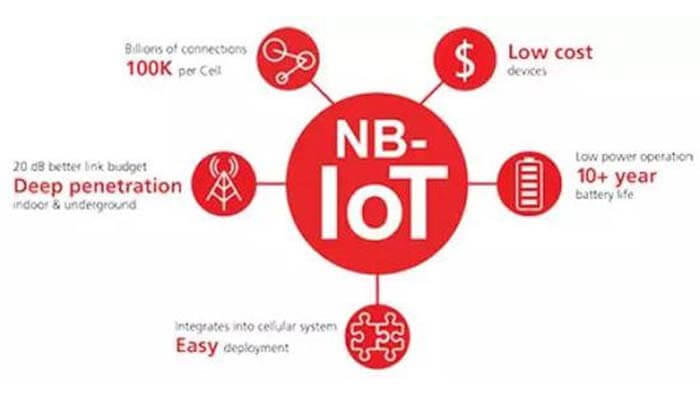
In August 2015, 3GPP RAN started a project to study a brand new null technology for narrowband radio access called Clean Slate CIoT, and this Clean Slate solution covers NB-CIoT.
Huawei, Qualcomm, and Neul jointly proposed NB-CIoT, and Ericsson, Nokia, and other manufacturers proposed NB-LTE.
NB-CIoT proposes a brand new air interface technology, which is relatively more modified on the existing LTE network. Still, NB-CIoT is the only one among the 6 major Clean Slate technologies proposed to meet the 5 major objectives (improving indoor coverage performance, supporting large-scale device connectivity, reducing device complexity, reducing power consumption and latency) proposed in the TSG GERAN #67 conference.
Cellular IoT technologies, especially NB-CIoT, have lower communication module costs than GSM and NB-LTE modules.
NB-LTE prefers to be compatible with existing LTE, and its main advantage is easy deployment. Eventually, after the consultation and unification at the RAN #69 meeting in September 2015, NB-IoT can be considered as the convergence of NB-CIoT and NB-LTE. It is a new design for IoT characteristics.
Narrow Band Internet of Things (NB-IoT) has become an important branch of the Internet of Everything network. Built on cellular networks, NB-IoT consumes only about 180 kHz of bandwidth and can be deployed directly on GSM networks, UMTS networks, or LTE networks to reduce deployment costs and enable smooth upgrades.
NB-IoT is an emerging technology in IoT that supports cellular data connectivity for low-power devices over wide area networks, also known as low-power wide area networks (LPWAN).
NB-IoT supports efficient connectivity for devices with long standby times and high network connectivity requirements. NB-IoT devices are said to improve battery life by at least 10 years while providing comprehensive indoor cellular data connectivity coverage.
NB-IoT focuses on the Low Power Wide Area (LPWA) Internet of Things (IoT) market and is an emerging technology that can be used in a wide range of applications worldwide. nB-IoT offers significant advantages in IoT applications unmatched by traditional cellular network technologies and short-range transmission technologies such as Bluetooth and Wi-Fi.
Wide coverage, multiple connections, fast speed, low cost, low power consumption, and excellent architecture characterize NB-IoT. NB-IoT uses a License band and can be deployed in three ways: in-band, protected band, or an independent carrier to coexist with existing networks.
Here is a quote from the 3GPP RAN meeting report on cellular IoT technology.
The Internet of Things (IoT) is an important technology in the future. Although 3GPP has MTC (Machine Type Communication) related technology in R12/R13, its basic approach is to optimize the existing LTE technology and architecture, not to make a new design for IoT characteristics.
In contrast to the MTC technology optimization approach, the Cellular Internet of Things (CIoT) technology project proposes a new design for IoT characteristics, not necessarily compatible with the existing LTE technology framework.
NWave in LPWAN technologies list
NWave Technologies owns the protocol, which is the basis for the Weightless-N protocol. It implements multiple data streams in a virtualized Hub, with a central processor classifying the data to ensure attribution.
Nwave Technologies and Accelerace, a business gas pedal organization, have partnered with Next Step City to deploy a Weightless-N network in Denmark, spanning Copenhagen and Esbjerg, a major energy industry town in Southern Denmark, built using the NWave protocol. This network is the first public networking initiative of its kind and is a groundbreaking milestone in providing a network foundation for IoT and smart city development in Denmark.
OnRamp in LPWAN technologies list
OnRamp uses its protocol, called RPMA (Randomly Assigned, Multiple Access). OnRamp licenses the technology to its partners, and the company has written a detailed white paper explaining why it will outperform SigFox and LoRa.
Platanus in LPWAN technologies list
This protocol, owned by M2COMM, is designed to handle ultra-high density nodes over a range of distances, can be used in a wide range of electronic tagging applications, and is the basis for the Weightless-P technology.
Platanus’ original technology targets a medium range of about 100m to provide indoor coverage for IoT digital price tags. These digital price tags use electronic ink (e- ink) or LCDs to replace paper price tags on store shelves, allowing stores to adjust product prices wirelessly.
Other active applications of Platanus technology include information displays for factory production batches, providing information including immediate status and next steps to be processed. Since this is two-way communication, these displays can also integrate sensors to monitor the environmental conditions of the goods.
Telensa in LPWAN technologies list
Telensa is a supplier of wireless monitoring systems, applying its smart wireless technology to markets such as healthcare, security, vehicle tracking, and smart metering, focusing on the remote control and management of street lighting and parking.
Its mastery of low-power wireless communication technology is open only to user interfaces, not the protocol itself. The company sees itself as differentiated at the application layer, not the underlying protocol layer.
Weightless in LPWAN technologies list
Weightless consists of three protocols. The initial protocol is Weightless-W, designed to use the white broadcast spectrum (TVWS) fully. Still, the world is not focused on developing the availability of blank spectrum, so the protocol has been put on hold until the channel becomes available.
Another protocol, Weightless-N, complements Weightless-W, a narrowband network protocol in an unlicensed spectrum derived from the NWave technology.
The Weightless Special Interest Group (SIG) has previously launched a series of development work for the Weightless-N standard. It has now announced the Weightless version 1.0 architecture, based on the goal of low-power, wide-range network coverage, using sub-GHz spectrum and Ultra Narrow Band technology. It is expected to meet more IoT applications.
But a series of applications need two-way communication to confirm the receipt of information, software updates, etc., and they need a higher rate than Weightless-N. So a third protocol, Weightless-P, was created to target these market needs shortly and is based on M2COMM’s Platanus technology.
According to the Weightless SIG, Weightless-P will operate in the license-free sub-GHz ISM band using narrow frequency channels and FDMA+TDMA modulation of 12.5 kHz channels.
Communication between IoT devices and base stations will be time-synchronized to manage radio resources and handle switching mechanisms to enable device roaming. The available communication rate can be adjusted between 200bps and 100kbps depending on the link quality and the resources obtained.
Weightless, as an open protocol and allowing developers to use the resources of specific vendors or ISPs, allows each company to develop low-cost base stations and terminal devices using Weightless technology for free, making it a promising technology for commercialization after LoRa and SigFox.
In addition to the global low-power long-range IoT technologies mentioned above, other non-cellular low-power long-range IoT technologies used in the current Chinese domestic market are as follows.
ZETA in LPWAN technologies list
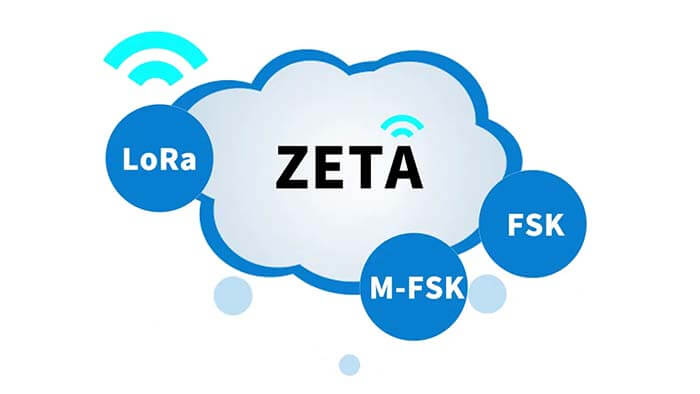
Based on the power consumption, cost, and other aspects of ZETA technology and supply chain logistics, low-value asset management and other industry needs are highly compatible. The market has recognized ZETA. Especially in the logistics visualization and tracking, such as the large ticket LTL market, the ZETA business release space is large.
In the fields of energy, smart city, water conservancy and industry, and power grid, ZTA’s wide area network is also a good domestic alternative.
WloTa in LPWAN technologies list
WIoTa is a communication protocol optimized for wide-area wireless IoT communication, providing in-depth optimization for extensive coverage, low power consumption, many connections, and low-cost applications.
At present, the application scenarios of WIoTa ToB direction include smart farming, smart meter, smart agriculture, smart energy, environmental monitoring, industrial IoT DTU, etc.; ToC direction includes smart home, smart wear, voice intercom, etc.
TPUNB in LPWAN technologies list

TPUNB is a domestic wireless narrowband IoT communication system with a full stack of communication systems from the physical layer to the application layer for IoT application scenarios.
Based on TPUNB’s new urban IoT network, the IoT sensing system can connect many ecological sensing terminals widely used in smart cities, digital villages, industrial IoT and other fields to help promote digital empowerment in various industries.
ChirpIoT™ in LPWAN technologies list
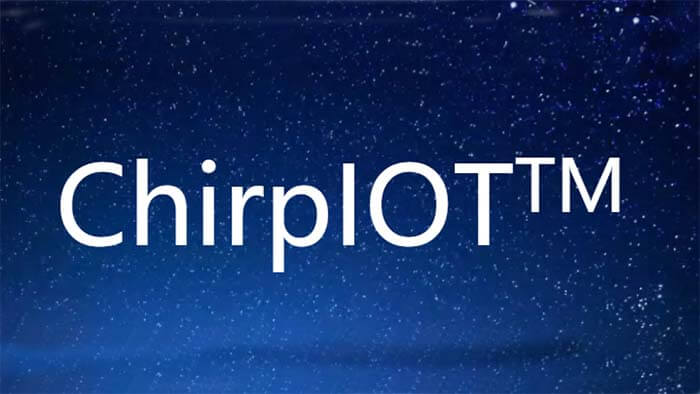
ChirpIoT™ technology is a wireless communication technology that optimizes and improves linear spread spectrum signals to achieve long-distance transmission.
It can be widely used in fields and industries such as smart agriculture, smart industry, public utilities, smart cities, smart communities, and modern logistics based on practical application requirements.
TurMass™ in LPWAN technologies list
TurMass™ is a set of low-power, long-distance transmission technology and networking systems, a large-capacity narrowband transmission technology based on the large-scale antenna.
It is currently used in several pilot applications, including smart lighting, smart firefighting, smart construction sites, smart mines, industrial IoT and satellite IoT. In addition, TurMass™ can also be applied in the digital intercom industry.
Laki in LPWAN technologies list
Laki is focused on solving the last kilometre of the IoT problem with low-cost, large-scale coverage and includes a complete wireless communication technology with a LaKiplus protocol layer and RF SoC chip physical layer.
Laki is suitable for large-scale deployment of high-density terminals and IoT application scenarios that require high response speed and power consumption, such as remote control, real-time inventory, indoor positioning, P2P voice, etc.
ADC in LPWAN technologies list
ADC protocol is a decentralized, self-organizing network protocol based on the ant colony algorithm, a short-range wireless communication technology based on RF, low cost, low power consumption, high reliability, easy to spread, and suitable for the self-organizing network.
Currently, ADC protocol and related products have been implemented in smart homes, smart hotels, smart elderly, smart buildings and other local area network scenarios.
ZKS interBow in LPWAN technologies list
ZKS interBow has the features of low power consumption, long distance, wide range and strong penetration.
ZKS interBow has high industry-specific precision in the cold chain transportation industry, focusing on four vertical application areas, including smart vaccine cold chain, hospital IoT, pharmaceutical supply chain and GSP verification, and cold food chain.
How to choose the most suitable IoT wireless technology?
To choose the right IoT wireless technology, you need to evaluate it based on specific needs and make trade-offs between power consumption, data range, and bandwidth, while also considering factors such as battery size, cost, transmission distance, and firmware updates. Below we list the following questions, and after answering them, you may have found your answer.
How much data do you need to transmit?
What is the power required?
How far is the data source from the Internet?
How much will the service cost?
Where will the devices be used? (e.g., for use inside or outside the building)
There are many excellent wireless communication technologies for IoT applications. However, no one technology is all-encompassing. Choosing the best wireless technology depends first and foremost on the specific requirements and needs of the IoT project.
In addition, accurately evaluating bandwidth, power consumption, QoS, network management, security, and coverage can help narrow down the choices.
Traditional wired and wireless connectivity options cannot meet the cost, power, and coverage requirements needed for M2M and IoT devices. LPWAN technology is one of the key breakthrough points.
The streamlined, simplified LPWAN protocol reduces the complexity of hardware design, thereby reducing device costs, and its remote and star topology reduces infrastructure costs. Regarding power consumption, LPWAN transceivers are designed to run on small, inexpensive batteries for up to 20 years.
Considering the low cost and low power consumption of LPWAN devices, LPWAN technology works from a few kilometers in urban areas to more than 15 kilometers in rural areas. It is easy to see why the technology overcomes the limitations of previous wired and wireless connectivity options.
M2M and IoT devices are being used in real-time, and it is clear that LPWAN networks are becoming the backbone of the global battery-driven sensor network with their low cost, low power consumption, and wide area coverage.
Please note that not all LPWAN technologies are created equal. When developing M2M and IoT networks, trade-offs related to the quality of service, scalability, battery life, mobility, security, public vs private networks, and proprietary vs standard solutions should be considered.
Besides this What is LPWAN article, you may also be interested in the below articles.
Internal Antenna VS. External Antenna
LTE Vs. 5G: Is 5G Better Than LTE?

